November 1, 2013 at 1:29 pm
[caption id="" align="alignleft" width="390"]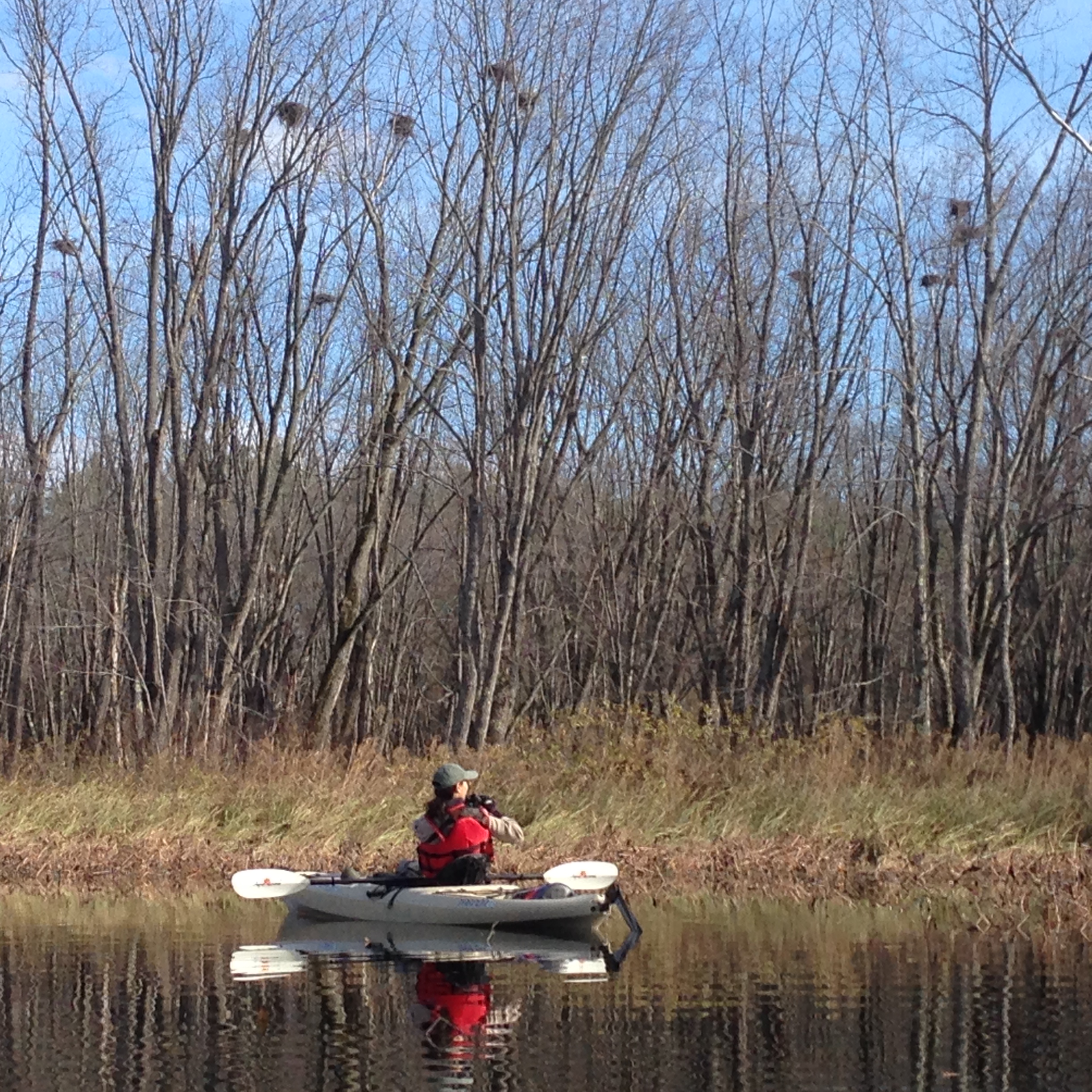 Photo by Doug Albert.[/caption]
The great blue heron nesting season went by as quick as a flash this year. Fall is when I collect all the HERON volunteers’ data and enter it into the database to get an idea of how the season went for herons (which I will blog about at a later date). It is also a great time to visit colonies on the ground for several reasons: 1) I can usually get a fairly accurate nest count because the nests typically persist into the fall (and most often as long as the following spring); 2) the birds no longer occupy their colonies at this time of year, so I can get real close without causing any disturbance; and 3) there are no biting insects to contend with!
My colony of choice to visit this week was one that is 3.5 hours driving time from my office in Bangor. Sometimes it is difficult to commit to a long day of driving for just one site, but this turned out to be well worth it. The weather was absolutely perfect, the company was very pleasant, hospitable, and knowledgeable, and the site was quite unique as far as heron colonies go. Below is a photo journal of the day’s visit. Hope you enjoy the adventure…
[caption id="attachment_1043" align="aligncenter" width="500"]
Photo by Doug Albert.[/caption]
The great blue heron nesting season went by as quick as a flash this year. Fall is when I collect all the HERON volunteers’ data and enter it into the database to get an idea of how the season went for herons (which I will blog about at a later date). It is also a great time to visit colonies on the ground for several reasons: 1) I can usually get a fairly accurate nest count because the nests typically persist into the fall (and most often as long as the following spring); 2) the birds no longer occupy their colonies at this time of year, so I can get real close without causing any disturbance; and 3) there are no biting insects to contend with!
My colony of choice to visit this week was one that is 3.5 hours driving time from my office in Bangor. Sometimes it is difficult to commit to a long day of driving for just one site, but this turned out to be well worth it. The weather was absolutely perfect, the company was very pleasant, hospitable, and knowledgeable, and the site was quite unique as far as heron colonies go. Below is a photo journal of the day’s visit. Hope you enjoy the adventure…
[caption id="attachment_1043" align="aligncenter" width="500"] My company for the day: HERON volunteer, Doug Albert.
My company for the day: HERON volunteer, Doug Albert.
 Photo by Doug Albert.[/caption]
The great blue heron nesting season went by as quick as a flash this year. Fall is when I collect all the HERON volunteers’ data and enter it into the database to get an idea of how the season went for herons (which I will blog about at a later date). It is also a great time to visit colonies on the ground for several reasons: 1) I can usually get a fairly accurate nest count because the nests typically persist into the fall (and most often as long as the following spring); 2) the birds no longer occupy their colonies at this time of year, so I can get real close without causing any disturbance; and 3) there are no biting insects to contend with!
My colony of choice to visit this week was one that is 3.5 hours driving time from my office in Bangor. Sometimes it is difficult to commit to a long day of driving for just one site, but this turned out to be well worth it. The weather was absolutely perfect, the company was very pleasant, hospitable, and knowledgeable, and the site was quite unique as far as heron colonies go. Below is a photo journal of the day’s visit. Hope you enjoy the adventure…
[caption id="attachment_1043" align="aligncenter" width="500"]
Photo by Doug Albert.[/caption]
The great blue heron nesting season went by as quick as a flash this year. Fall is when I collect all the HERON volunteers’ data and enter it into the database to get an idea of how the season went for herons (which I will blog about at a later date). It is also a great time to visit colonies on the ground for several reasons: 1) I can usually get a fairly accurate nest count because the nests typically persist into the fall (and most often as long as the following spring); 2) the birds no longer occupy their colonies at this time of year, so I can get real close without causing any disturbance; and 3) there are no biting insects to contend with!
My colony of choice to visit this week was one that is 3.5 hours driving time from my office in Bangor. Sometimes it is difficult to commit to a long day of driving for just one site, but this turned out to be well worth it. The weather was absolutely perfect, the company was very pleasant, hospitable, and knowledgeable, and the site was quite unique as far as heron colonies go. Below is a photo journal of the day’s visit. Hope you enjoy the adventure…
[caption id="attachment_1043" align="aligncenter" width="500"] My company for the day: HERON volunteer, Doug Albert.
My company for the day: HERON volunteer, Doug Albert.
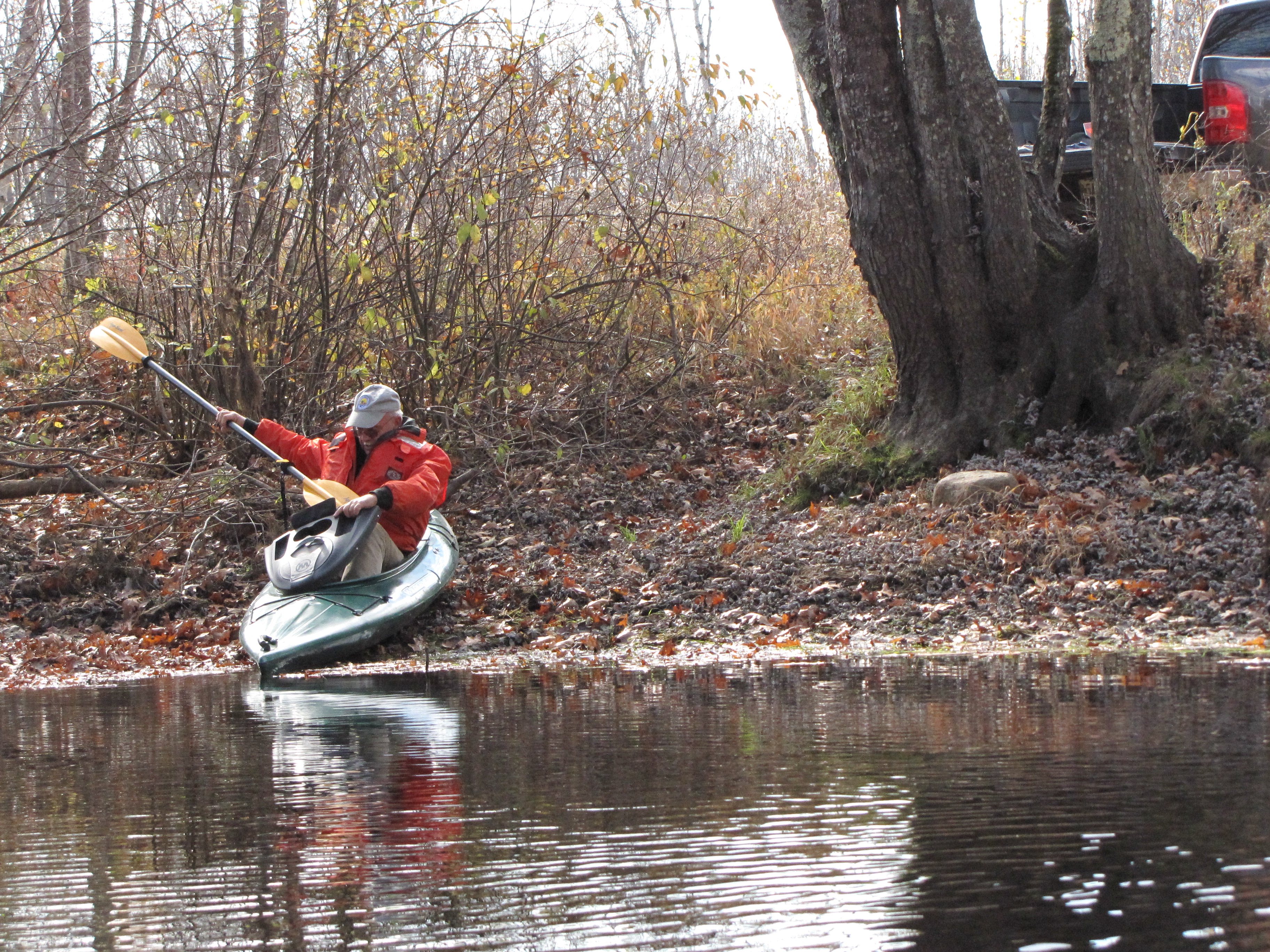
- Getting ready to launch.[/caption]
[caption id="attachment_1045" align="aligncenter" width="500"]
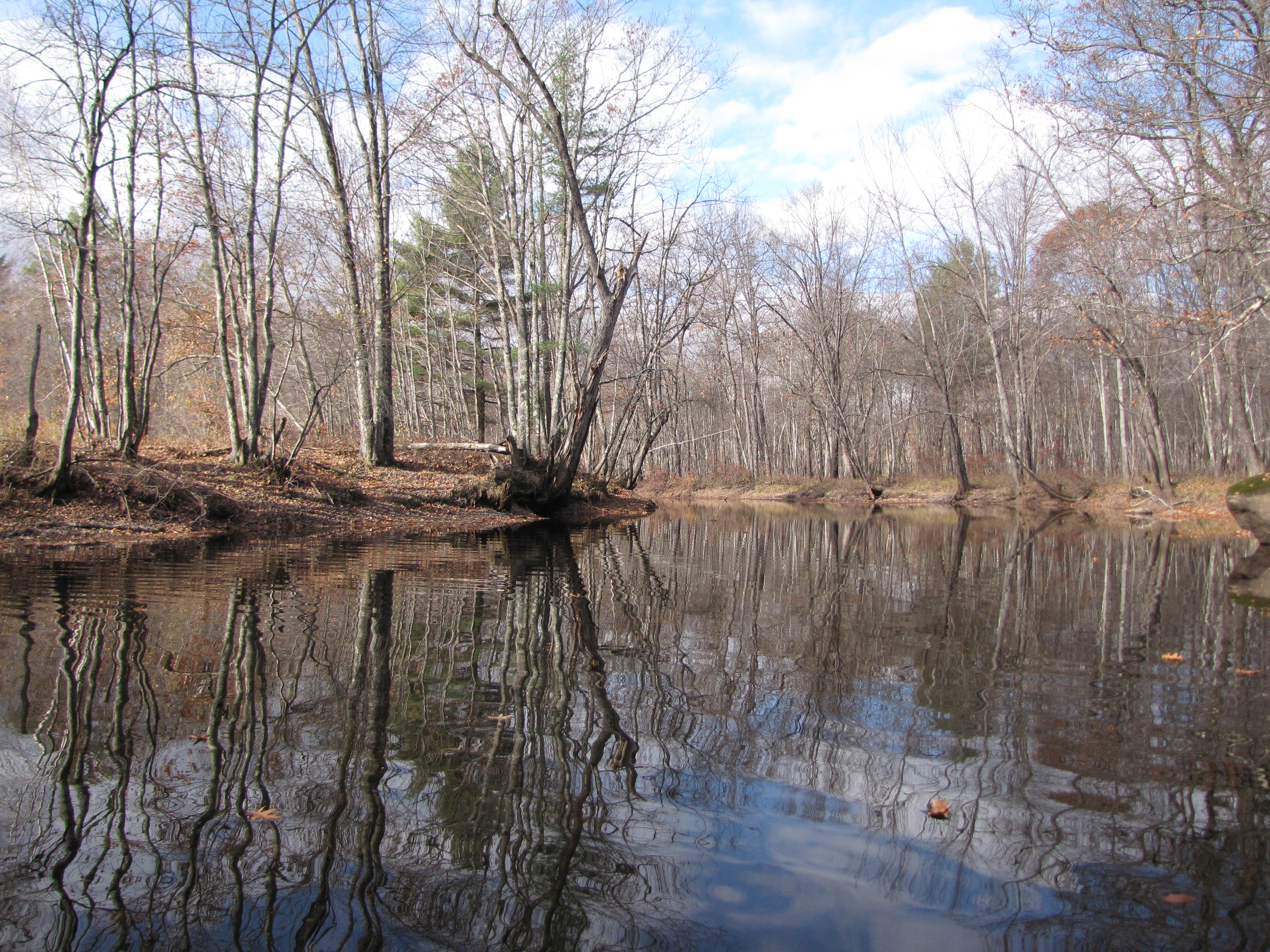 Paddling upstream to the pond. This colony is in a flood plain setting on the edge of a pond. The easiest way to get there is to paddle up the outlet.[/caption]
[caption id="attachment_1046" align="aligncenter" width="500"]
Paddling upstream to the pond. This colony is in a flood plain setting on the edge of a pond. The easiest way to get there is to paddle up the outlet.[/caption]
[caption id="attachment_1046" align="aligncenter" width="500"]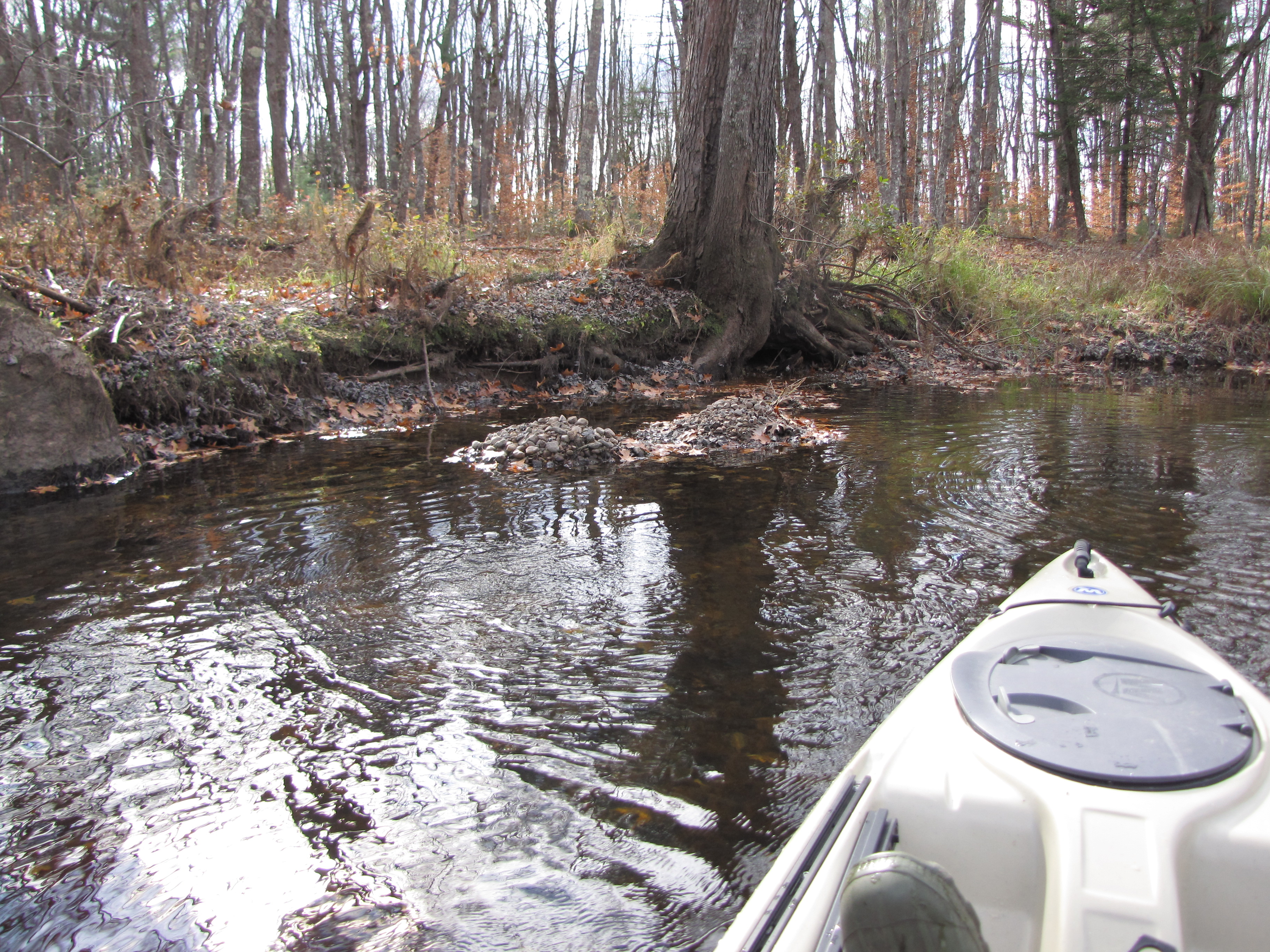 The water was quite low, which meant for lots of scooting over rocks. It also revealed these interesting rock mounds along the way. Many measured 2-3 ft in width and 1 ft in height. We had been talking about the rich Native American history in the area, so we had speculated they were some type of middens. A little more brain storming, searching on Google, and a consult with a fisheries expert back at the office uncovered the truth – they are Fallfish spawning mounds![/caption]
[caption id="attachment_1047" align="aligncenter" width="400"]
The water was quite low, which meant for lots of scooting over rocks. It also revealed these interesting rock mounds along the way. Many measured 2-3 ft in width and 1 ft in height. We had been talking about the rich Native American history in the area, so we had speculated they were some type of middens. A little more brain storming, searching on Google, and a consult with a fisheries expert back at the office uncovered the truth – they are Fallfish spawning mounds![/caption]
[caption id="attachment_1047" align="aligncenter" width="400"]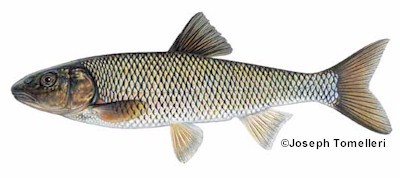 Fallfish (Semotilus corporalis) are a very large minnow that build communal spawning mounds that can be quite large. The adults average 12-17 inches in length, and construct these round nests by carrying stones in their mouths. They are primarily considered a bait fish by anglers, but are also eaten by piscivorous birds such as ospreys, eagles, and herons. Perhaps this is a main prey for the great blue herons nesting in the colony nearby?[/caption]
[caption id="attachment_1048" align="aligncenter" width="500"]
Fallfish (Semotilus corporalis) are a very large minnow that build communal spawning mounds that can be quite large. The adults average 12-17 inches in length, and construct these round nests by carrying stones in their mouths. They are primarily considered a bait fish by anglers, but are also eaten by piscivorous birds such as ospreys, eagles, and herons. Perhaps this is a main prey for the great blue herons nesting in the colony nearby?[/caption]
[caption id="attachment_1048" align="aligncenter" width="500"]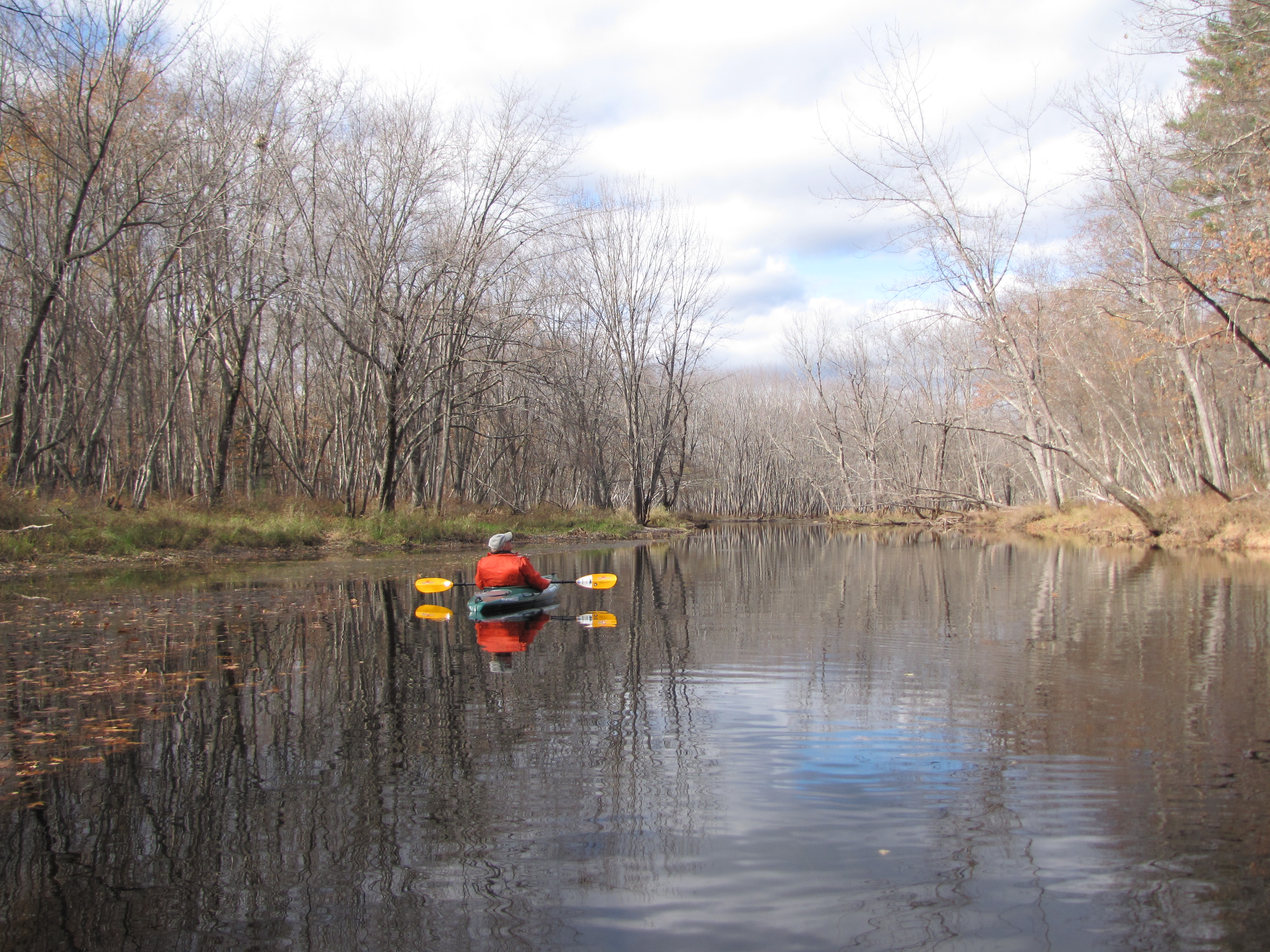 What a peaceful setting.[/caption]
[caption id="attachment_1049" align="aligncenter" width="500"]
What a peaceful setting.[/caption]
[caption id="attachment_1049" align="aligncenter" width="500"]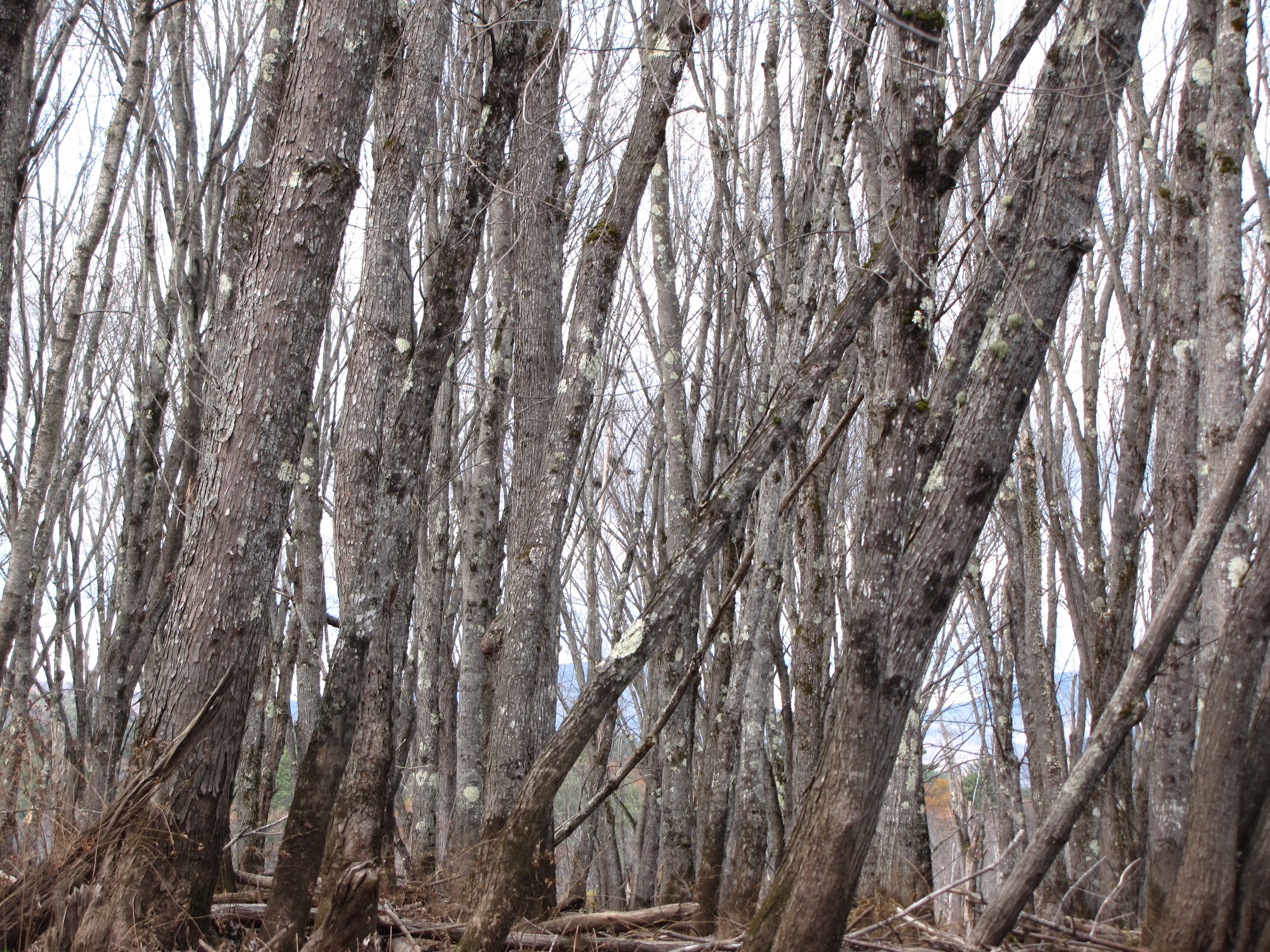 A first glance at the colony before we round the bend into the pond. See the tiny black blobs in the center of the photo? Those are the nests. The nests are primarily in red maples, but we are peering through an oak stand. During the nesting season, the leaves of the hardwoods almost completely obscure the nests from view.[/caption]
[caption id="attachment_1050" align="aligncenter" width="500"]
A first glance at the colony before we round the bend into the pond. See the tiny black blobs in the center of the photo? Those are the nests. The nests are primarily in red maples, but we are peering through an oak stand. During the nesting season, the leaves of the hardwoods almost completely obscure the nests from view.[/caption]
[caption id="attachment_1050" align="aligncenter" width="500"]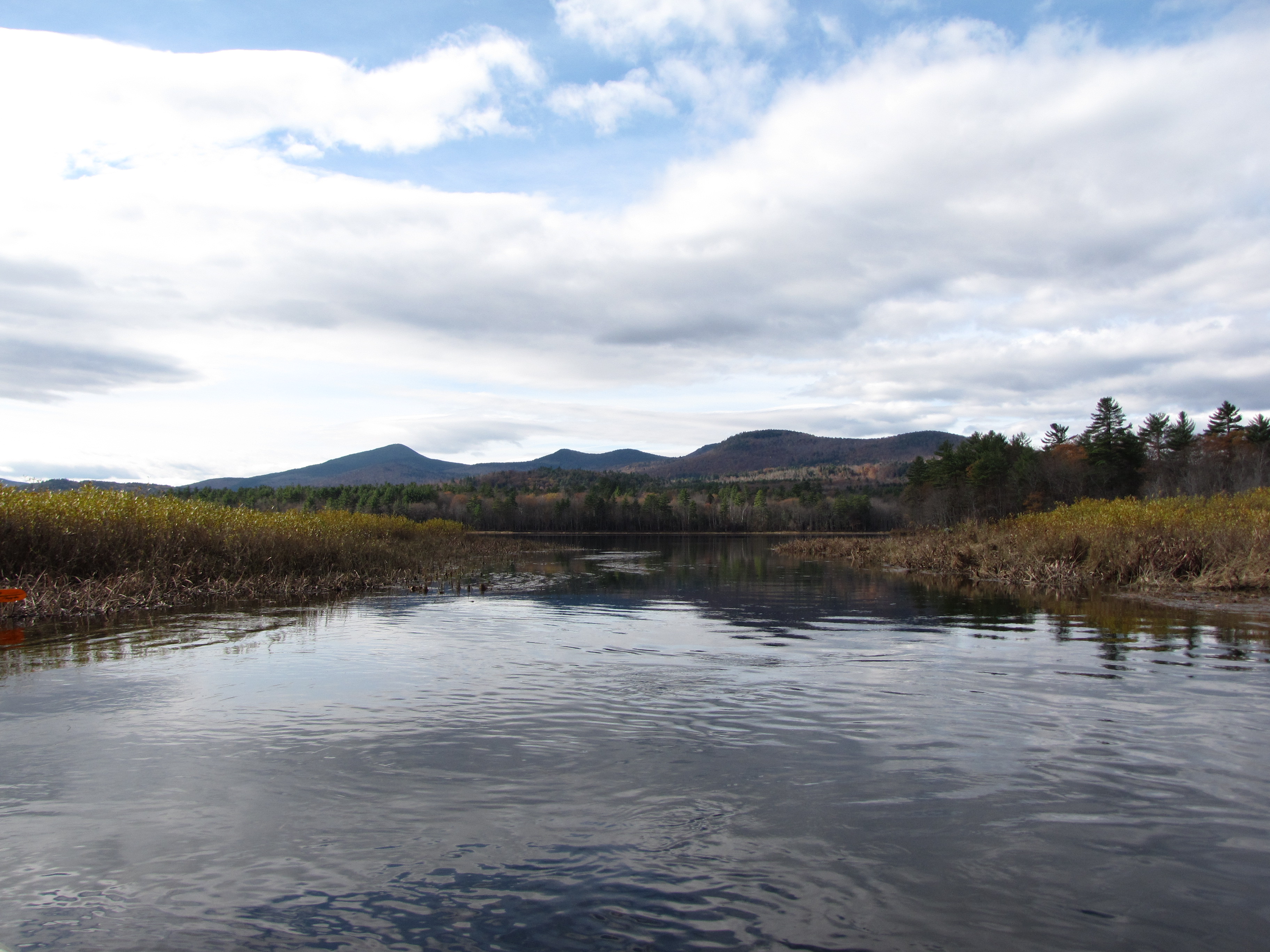 Where the pond’s outlet begins.[/caption]
[caption id="attachment_1051" align="aligncenter" width="500"]
Where the pond’s outlet begins.[/caption]
[caption id="attachment_1051" align="aligncenter" width="500"]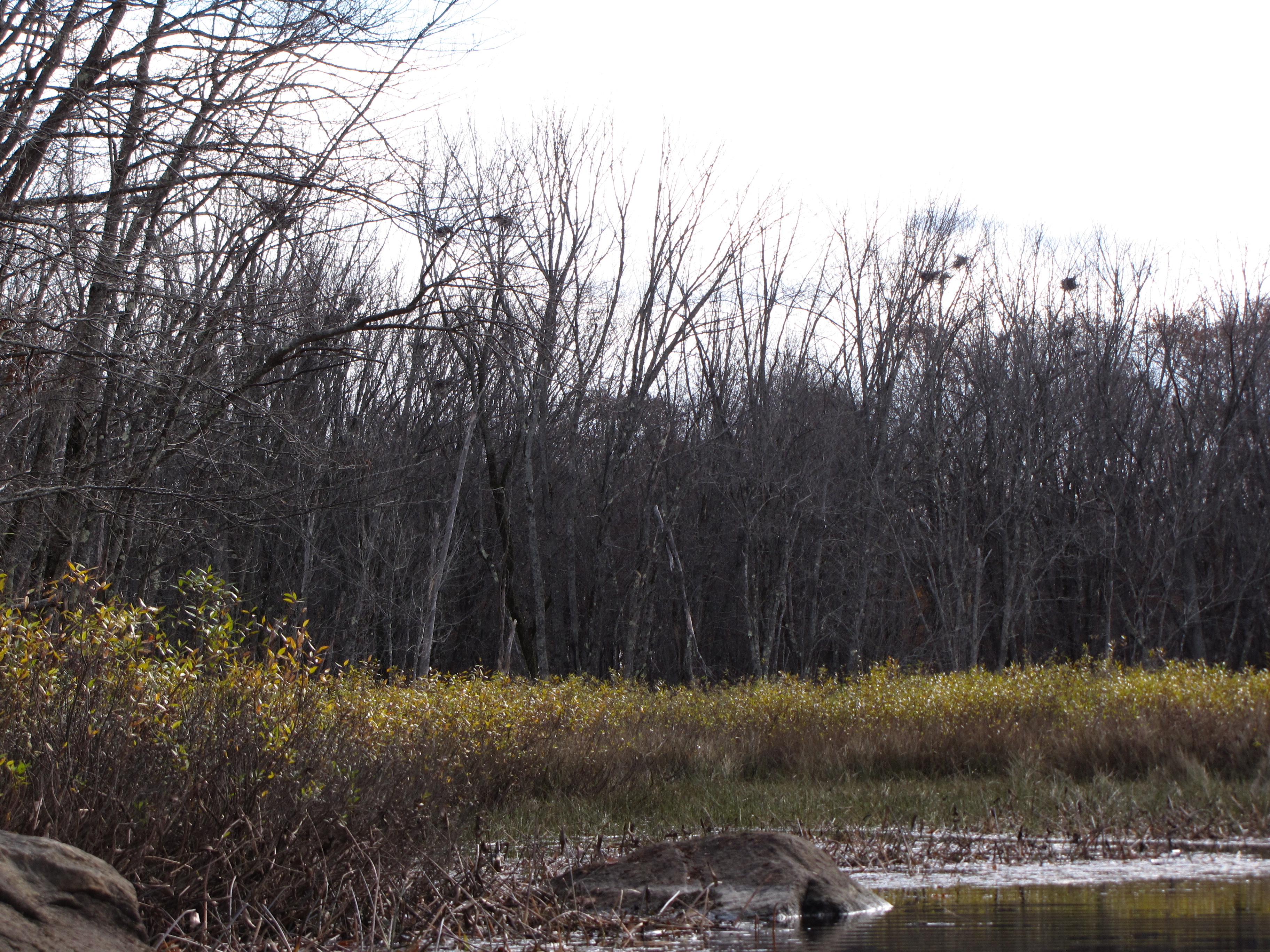 Rounding the bend and starting to get a better view.[/caption]
[caption id="attachment_1052" align="aligncenter" width="500"]
Rounding the bend and starting to get a better view.[/caption]
[caption id="attachment_1052" align="aligncenter" width="500"]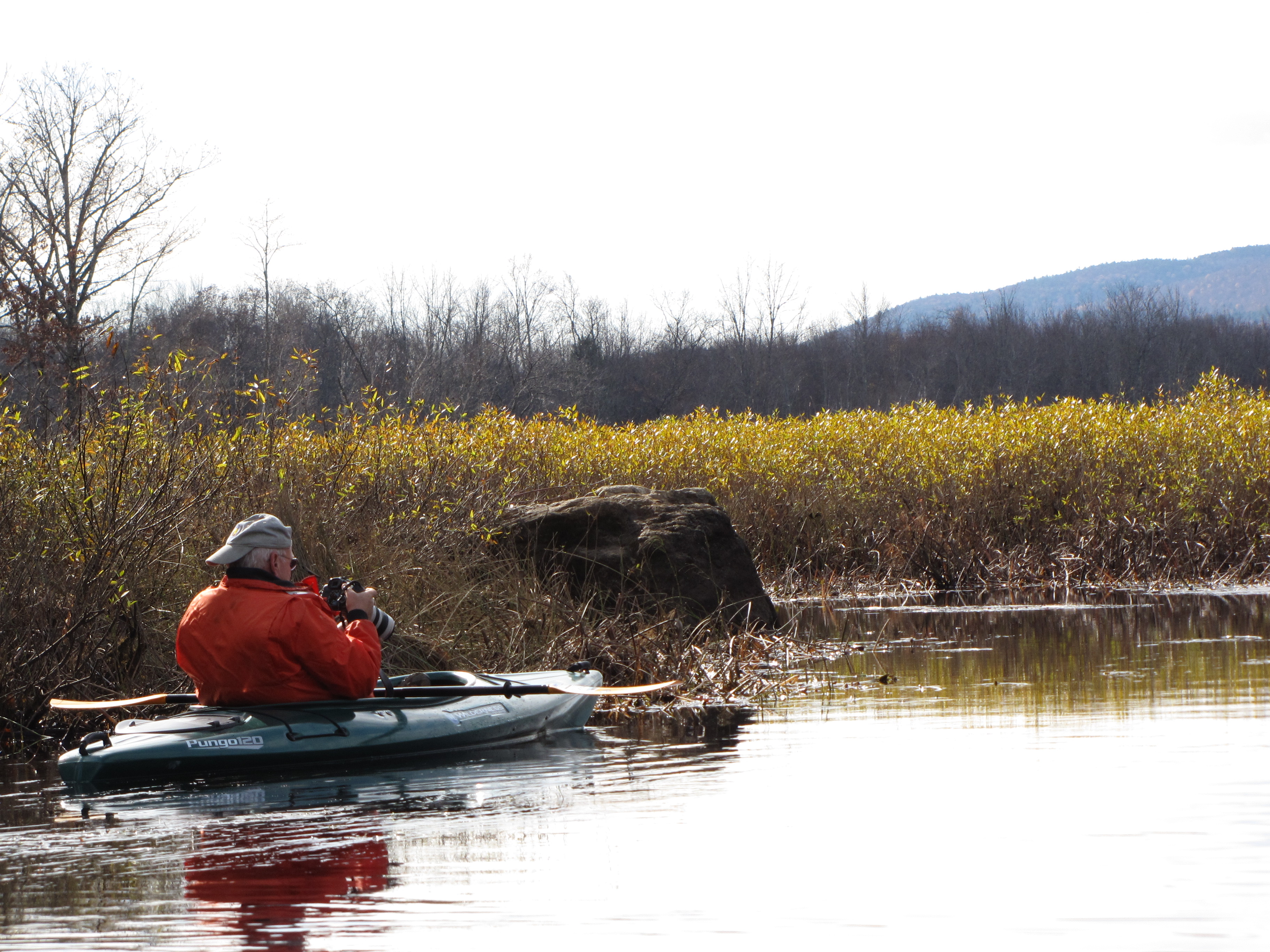 Doug has his camera ready.[/caption]
[caption id="attachment_1053" align="aligncenter" width="500"]
Doug has his camera ready.[/caption]
[caption id="attachment_1053" align="aligncenter" width="500"]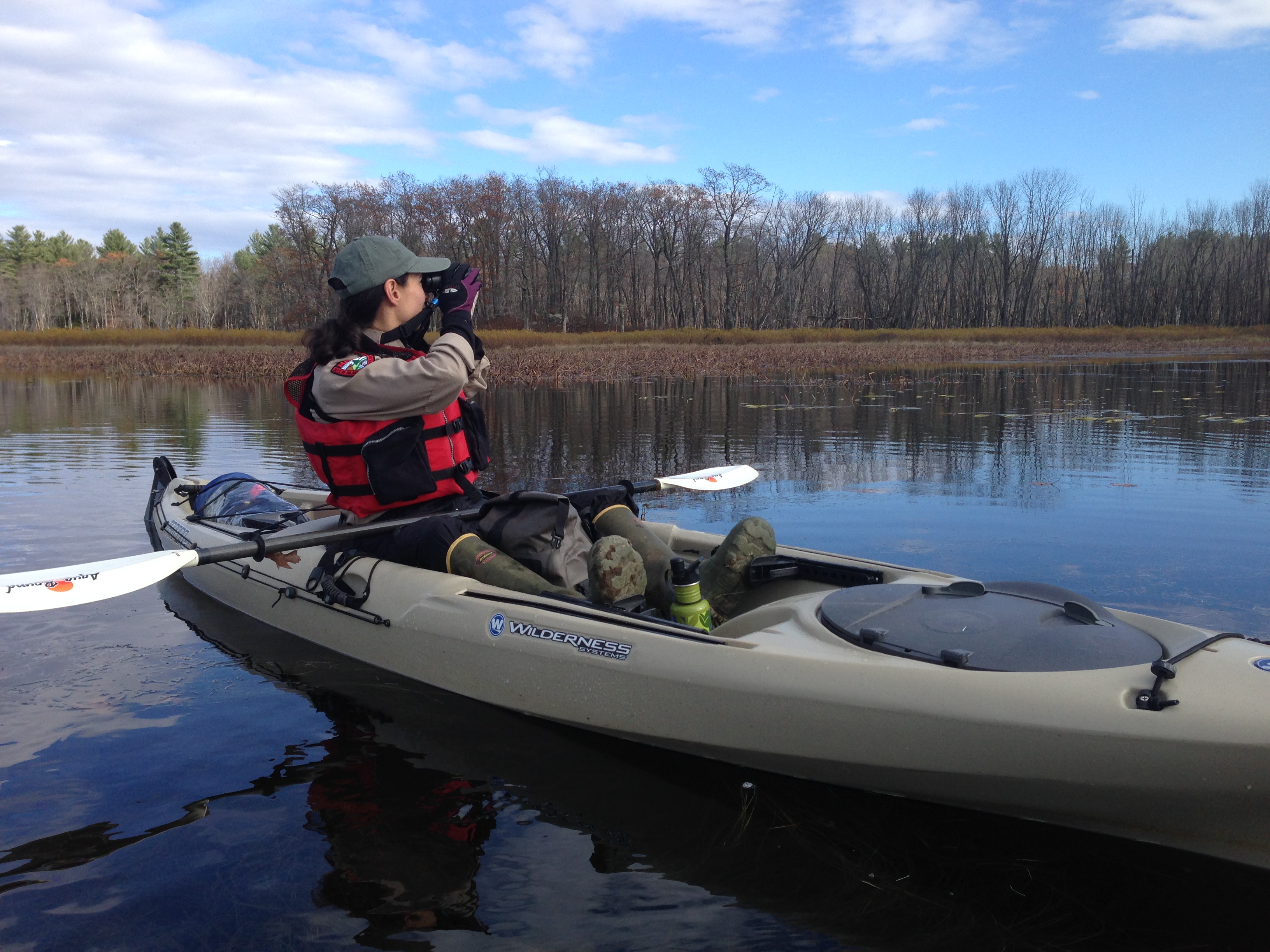 Getting an initial nest count. (Photo by Doug Albert)[/caption]
[caption id="attachment_1054" align="aligncenter" width="500"]
Getting an initial nest count. (Photo by Doug Albert)[/caption]
[caption id="attachment_1054" align="aligncenter" width="500"]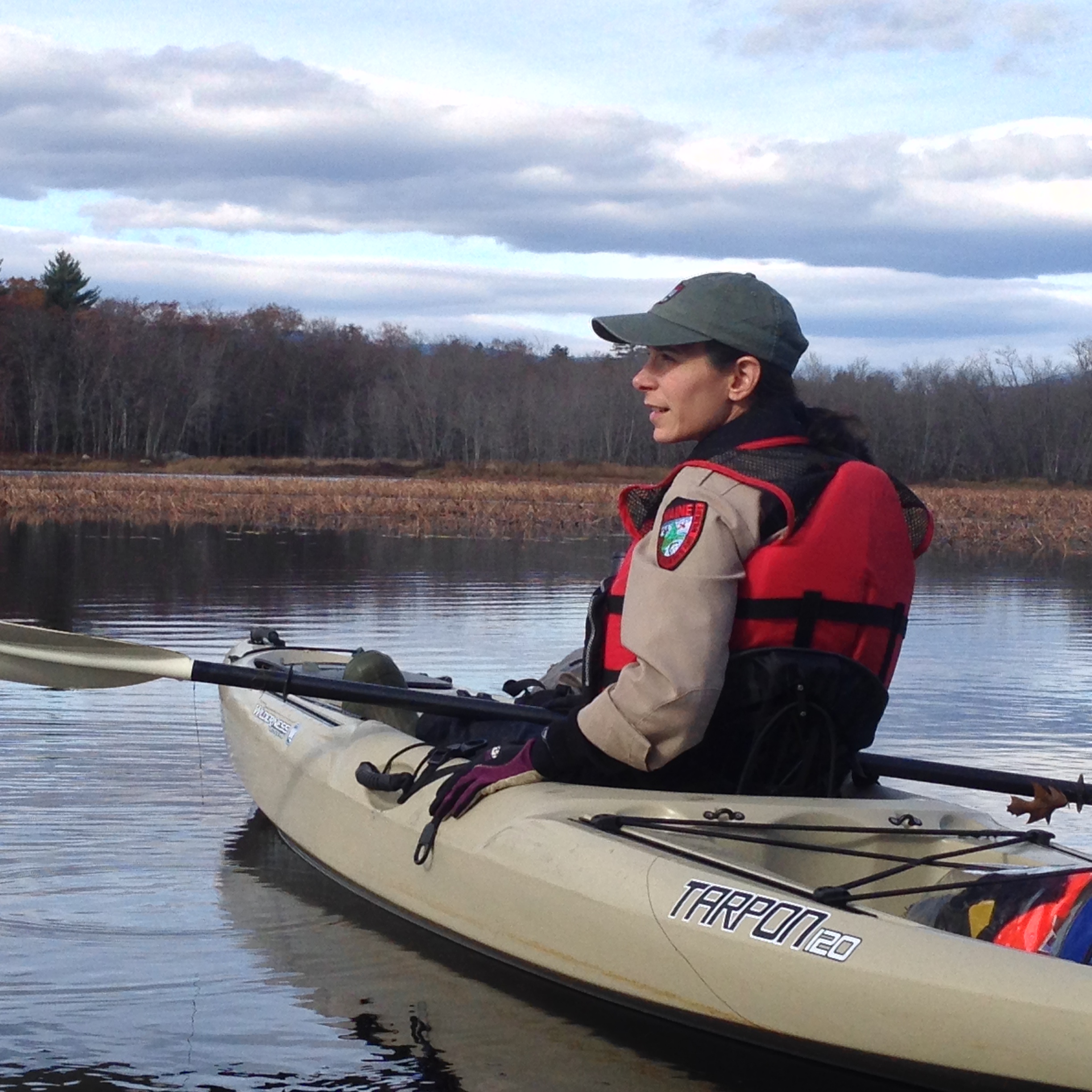 Pausing to take it all in. (Photo by Doug Albert)[/caption]
[caption id="attachment_1055" align="aligncenter" width="500"]
Pausing to take it all in. (Photo by Doug Albert)[/caption]
[caption id="attachment_1055" align="aligncenter" width="500"]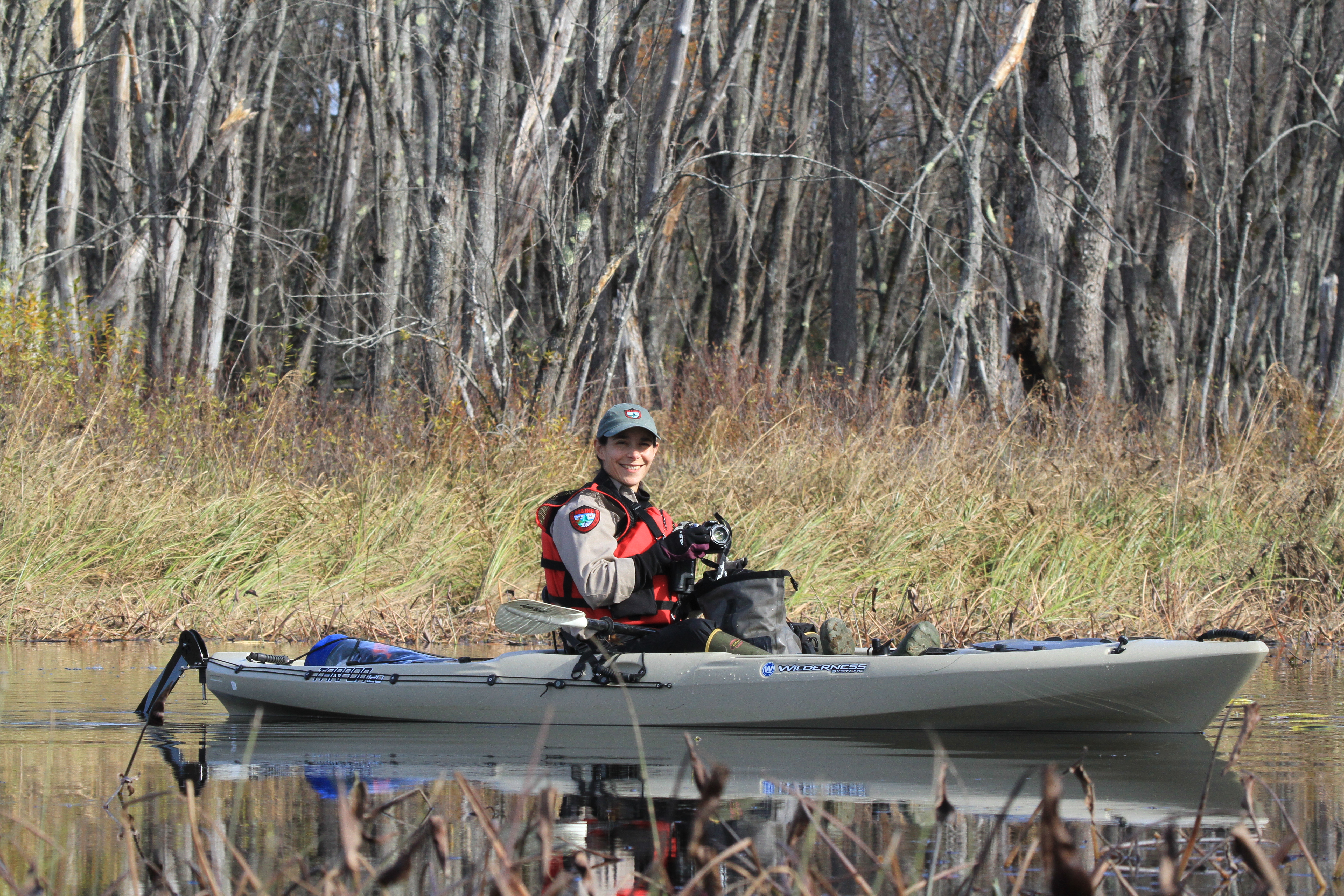 Ready to take a photo... or two...or more! (Photo by Doug Albert)[/caption]
[caption id="attachment_1056" align="aligncenter" width="500"]
Ready to take a photo... or two...or more! (Photo by Doug Albert)[/caption]
[caption id="attachment_1056" align="aligncenter" width="500"]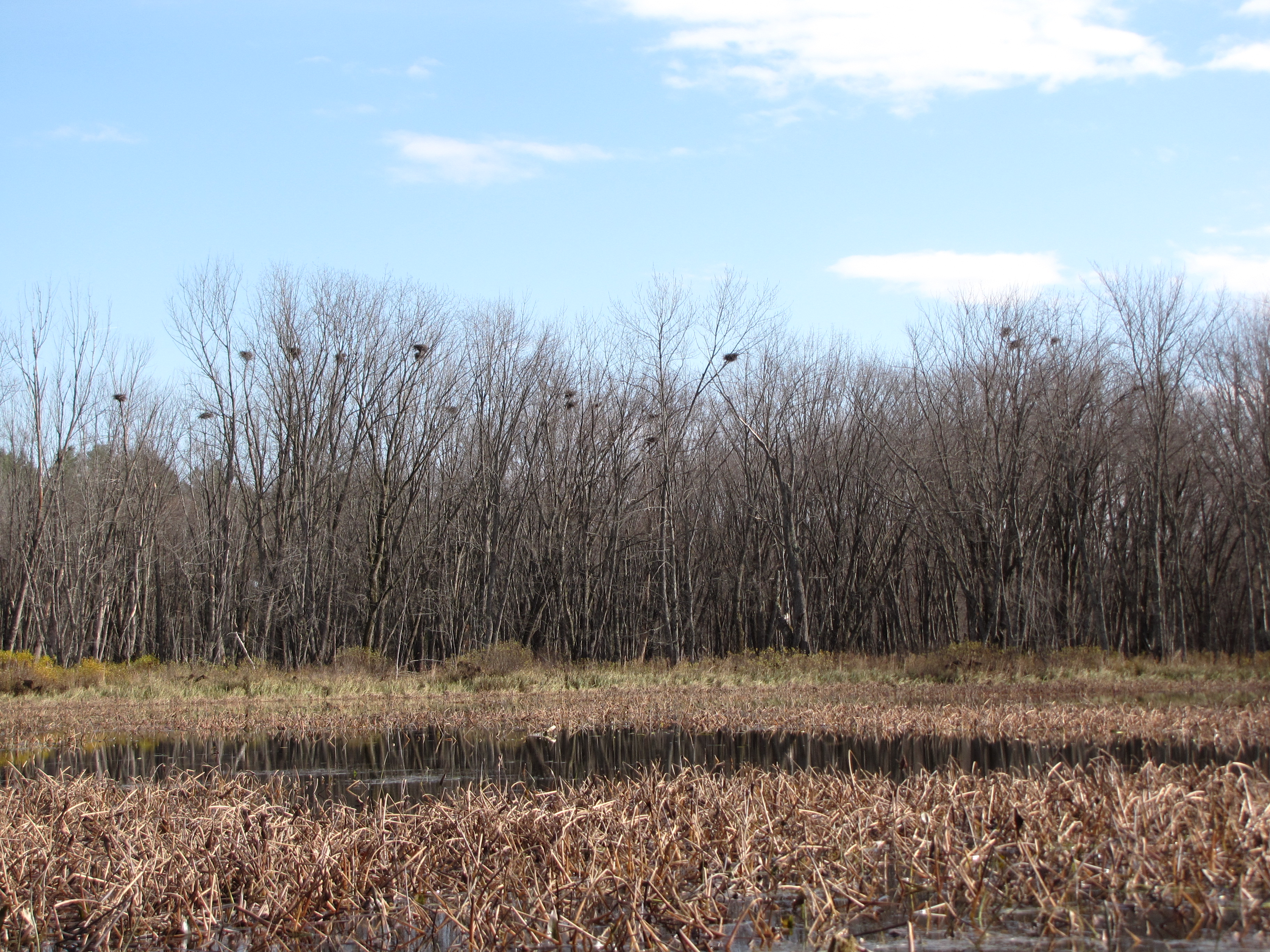 We counted 24 nests. There were 4 others to the left just outside of this photo that have blown down since June.[/caption]
[caption id="attachment_1057" align="aligncenter" width="500"]
We counted 24 nests. There were 4 others to the left just outside of this photo that have blown down since June.[/caption]
[caption id="attachment_1057" align="aligncenter" width="500"]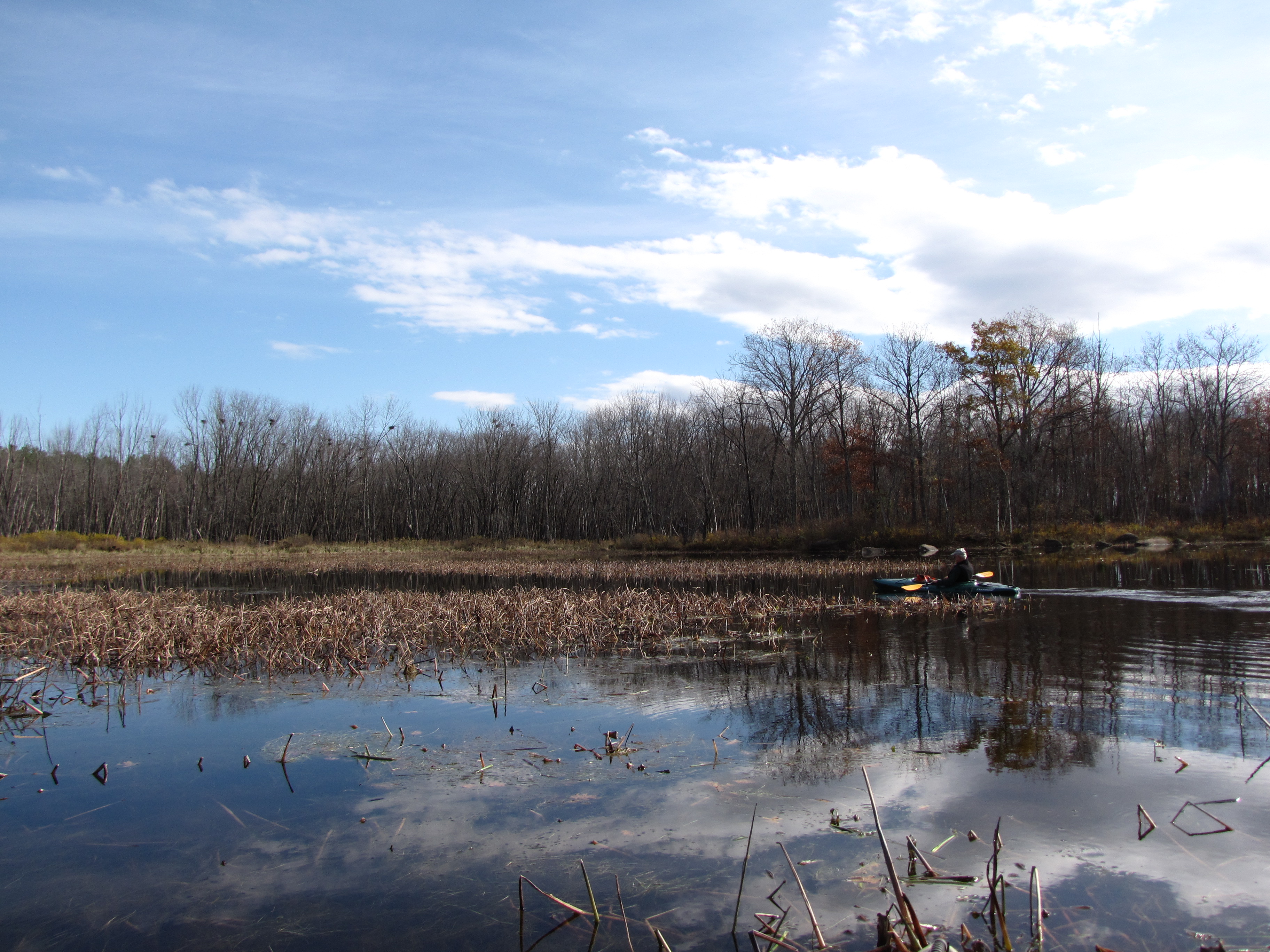 Paddling around a bit.[/caption]
[caption id="attachment_1058" align="aligncenter" width="500"]
Paddling around a bit.[/caption]
[caption id="attachment_1058" align="aligncenter" width="500"]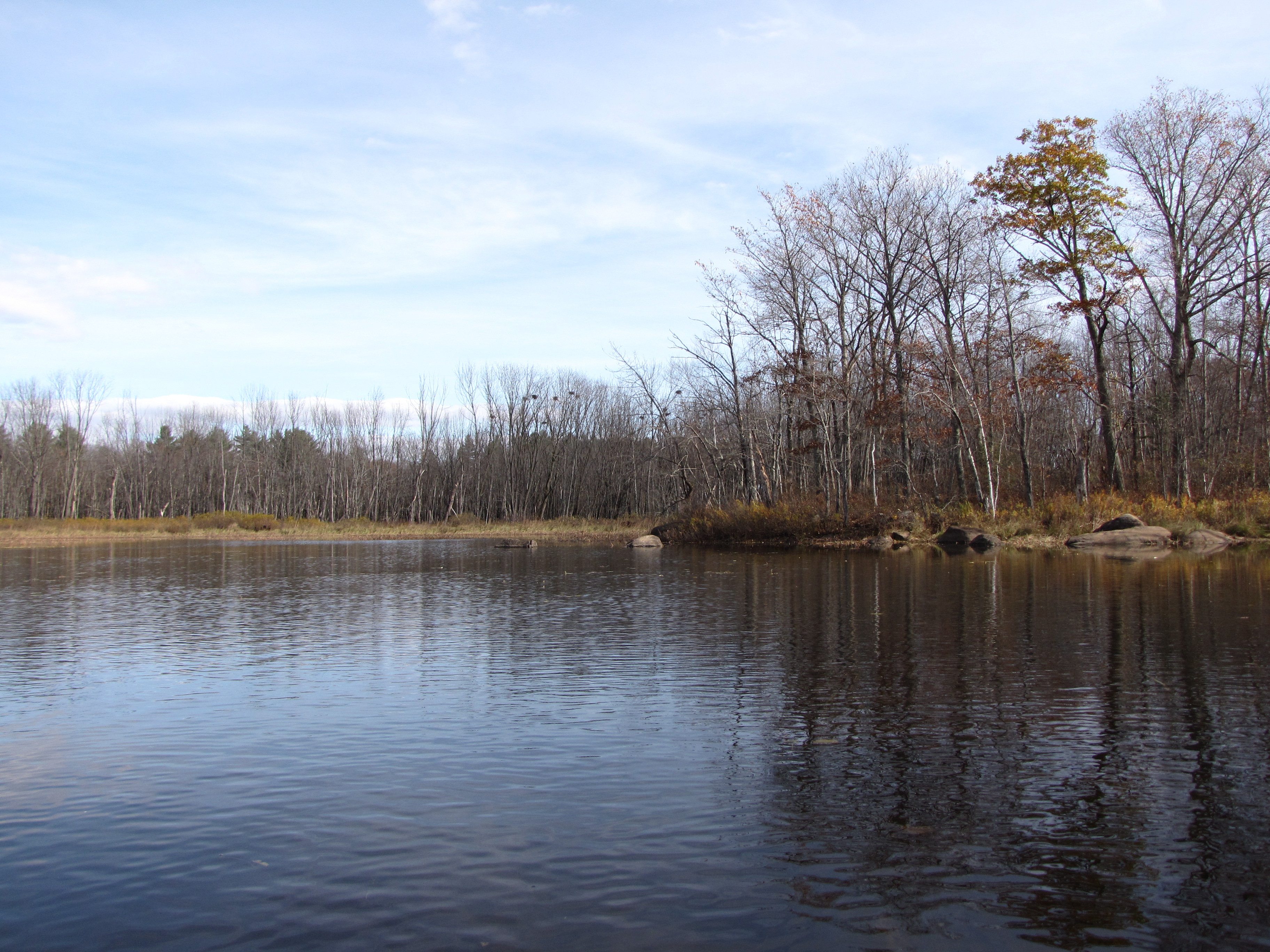 The approximate view from where we may set up a time-lapse camera to document disturbances. This colony failed mid-season, but the cause is thus far unknown.[/caption]
[caption id="attachment_1059" align="aligncenter" width="500"]
The approximate view from where we may set up a time-lapse camera to document disturbances. This colony failed mid-season, but the cause is thus far unknown.[/caption]
[caption id="attachment_1059" align="aligncenter" width="500"]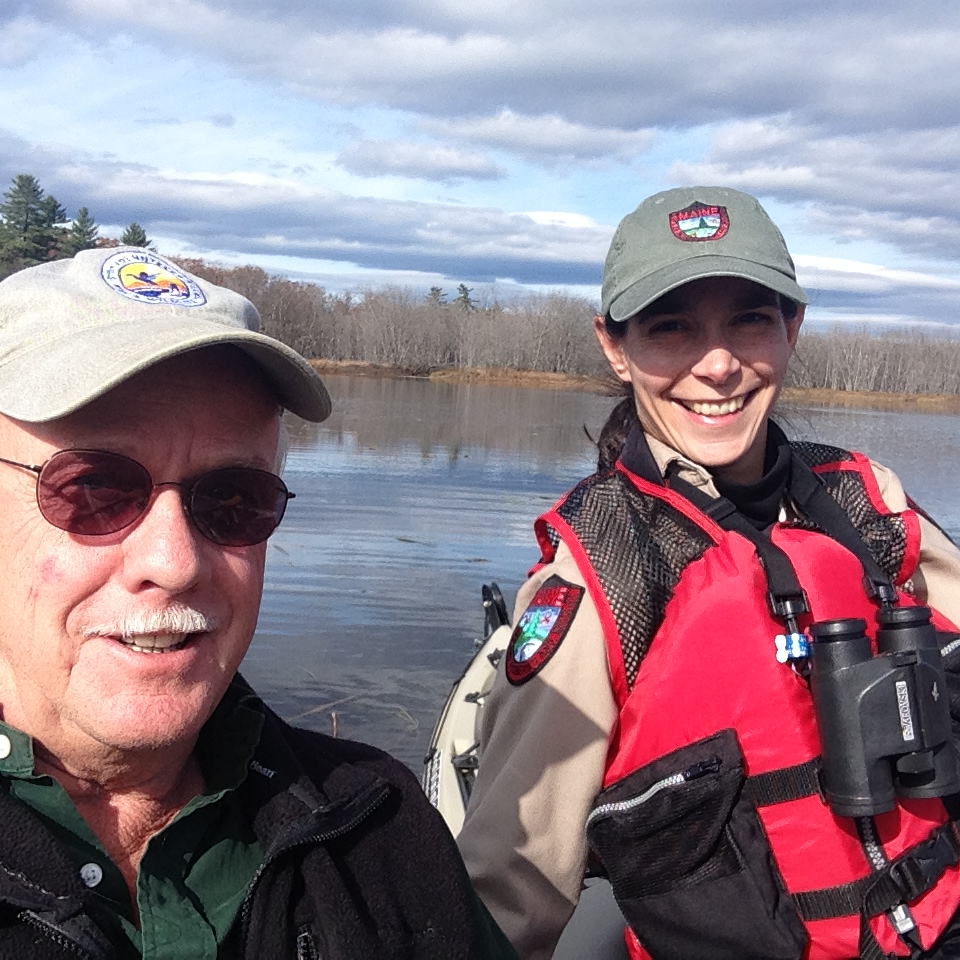 Many thanks to Doug for monitoring this site the past 5 years, and for joining me for a great day on the water! (Photo by Doug Albert)[/caption]
Many thanks to Doug for monitoring this site the past 5 years, and for joining me for a great day on the water! (Photo by Doug Albert)[/caption]
Categories